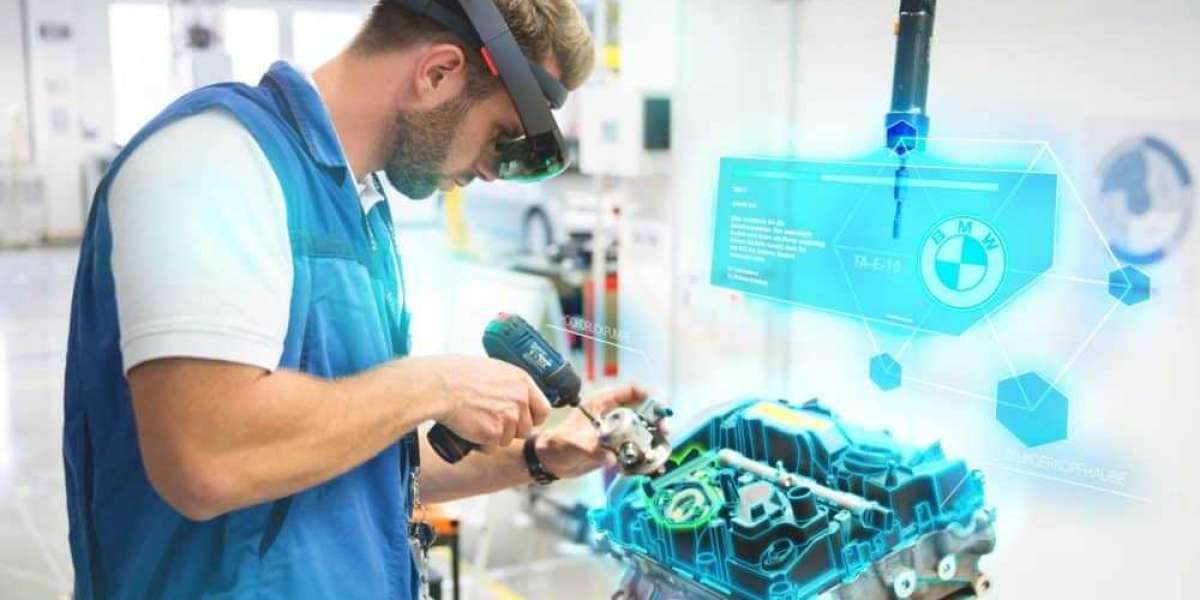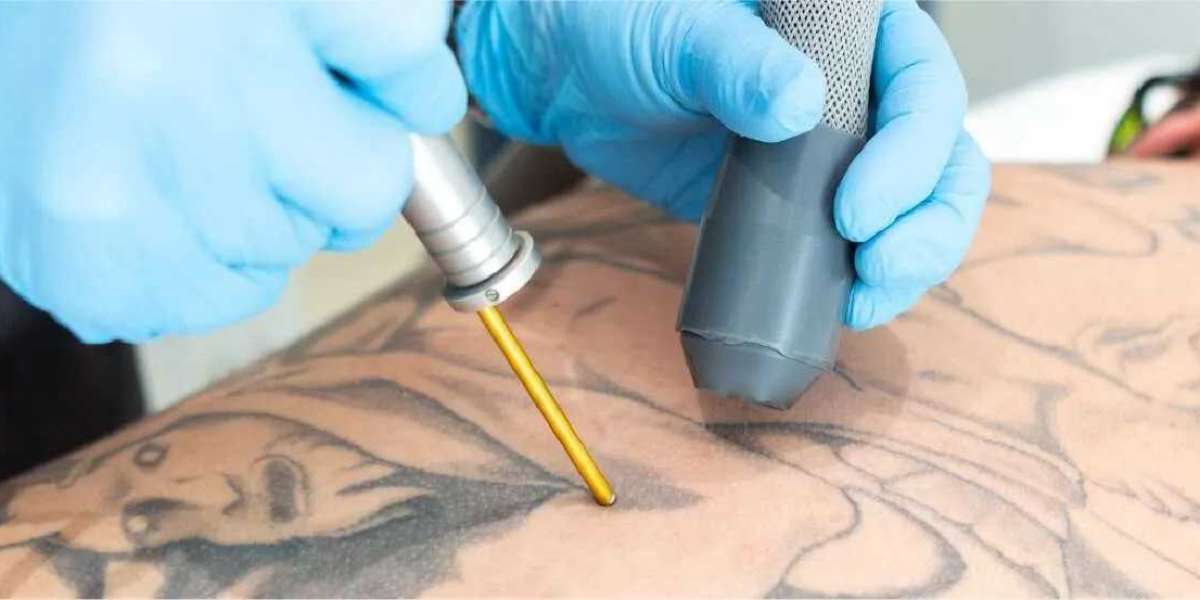Introduction
The Robotic Arms Market has witnessed remarkable growth in recent years, driven by advancements in automation, increased demand for precision in manufacturing processes, and the ever-expanding range of applications across various industries. These versatile mechanical limbs, inspired by the human arm's dexterity, are revolutionizing industries such as manufacturing, healthcare, aerospace, and more. This article delves into the dynamics, key players, trends, and future prospects of the robotic arms market.
Market Dynamics
Increasing Industrial Automation: The rise of Industry 4.0 and the need for efficient, high-speed manufacturing processes have fueled the demand for robotic arms. They play a pivotal role in automating tasks such as welding, material handling, and assembly, leading to increased productivity and cost savings for businesses.
Growing Healthcare Applications: The healthcare sector has witnessed significant adoption of robotic arms for surgical procedures, rehabilitation, and telemedicine. These devices enhance the precision of surgeries, minimize invasiveness, and improve patient outcomes.
Expanding Aerospace and Defense: In aerospace and defense, robotic arms are utilized for tasks ranging from assembly and inspection to bomb disposal and UAV control. Their ability to handle delicate components and perform dangerous tasks make them invaluable in these sectors.
Emerging Collaborative Robotics: Collaborative robots, or cobots, are a subset of robotic arms designed to work alongside humans. They are increasingly being used in manufacturing, where they assist workers in repetitive or physically demanding tasks, contributing to improved workplace safety and efficiency.
Key Players
Several companies are at the forefront of the robotic arms market:
Fanuc Corporation: A global leader in industrial automation, Fanuc offers a wide range of robotic arms for manufacturing applications, including welding, painting, and material handling.
Universal Robots: Known for its collaborative robots, Universal Robots has transformed the landscape of small and medium-sized enterprises by providing easy-to-use, flexible robotic solutions.
ABB Group: ABB offers an extensive portfolio of robotic arms for various industries, with a focus on automation and energy efficiency.
Intuitive Surgical: Renowned for its da Vinci Surgical System, Intuitive Surgical dominates the robotic surgical arms segment, revolutionizing minimally invasive surgery.
KUKA AG: KUKA specializes in industrial robots and automation solutions, catering to automotive, aerospace, and general manufacturing sectors.
Market Trends
AI and Machine Learning Integration: The integration of artificial intelligence and machine learning in robotic arms is enhancing their decision-making capabilities. These robots can adapt to changing environments and learn from their interactions, making them more efficient and versatile.
Rapid Advancements in Sensing Technologies: Advanced sensors, such as 3D vision systems and force-torque sensors, are enhancing the precision and safety of robotic arms. These sensors enable robots to interact with their surroundings more effectively.
Miniaturization and Portability: Miniaturized robotic arms are gaining popularity, especially in industries like electronics and healthcare, where space is limited. These compact robots offer increased mobility and flexibility.
Customization and Modular Design: Manufacturers are increasingly offering customizable robotic arms with modular components. This allows businesses to tailor robots to their specific needs, reducing costs and improving efficiency.
Future Prospects
The future of the robotic arms market looks promising, with several trends driving growth:
Diverse Industry Adoption: New industries, such as agriculture and logistics, are expected to adopt robotic arms to address labor shortages and improve operational efficiency.
Advanced Materials and Manufacturing Techniques: Innovations in materials and 3D printing technologies will lead to the development of lighter, more durable robotic arms with complex geometries.
AI-Driven Autonomy: Autonomous robotic arms, capable of making decisions independently, will become more prevalent, especially in applications like autonomous vehicles and drones.
Global Expansion: The market will continue to expand globally, with emerging economies increasing their adoption of robotic arms across various sectors.
Conclusion
The robotic arms market is on an upward trajectory, driven by the need for automation, precision, and efficiency across industries. As technology continues to advance and the applications of robotic arms expand, this market is poised for sustained growth. With innovations in AI, sensing technologies, and materials, we can expect to see even more versatile and intelligent robotic arms in the coming years, further transforming the way we work and live.



